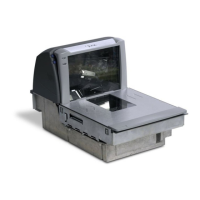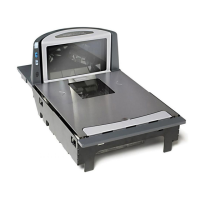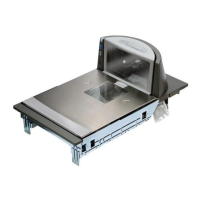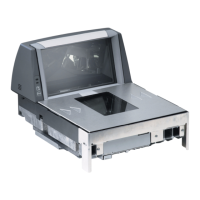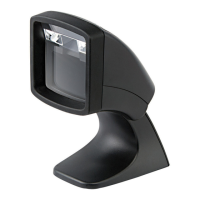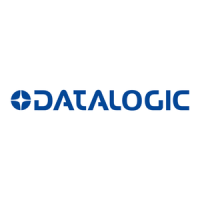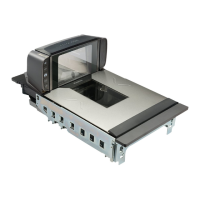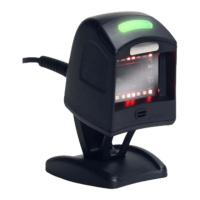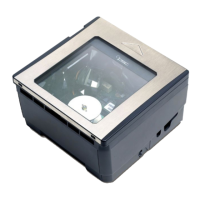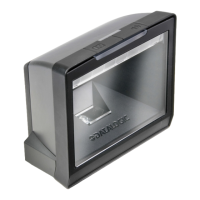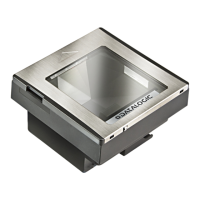Product Reference Guide 7-7
Programming Sequence
To modify a scanner feature (item), the programming barcodes contained
in this manual must be scanned in a given sequence depending upon the
feature being programmed (as shown in Ta bl e 7-1). There are three possi-
ble programming sequences:
NOTE
If the scanner’s interface type must be c
hanged, always be sure that inter-
face configuration is the FIRST item scanned during
a programming ses-
sion. (Selecting an interface type resets ALL
other configuration items to
the factory default for that interface type.)
A. Programming sample A (the most commonly used format) dem-
onstrates how three barcodes are scanned in sequence to do the
follo
wing:
1. Place the scanner in Programming Mode (SWITCH bar-
code).
2. Scan the Item Tag
1
that will enable the new feature.
3. End the programming session and reset the scanner
(S
WITCH barcode).
B. Sample B provides an example of a programming feature requir-
ing the entry of a range value. Like sample A, the scanner is
placed in P
rogramming Mode and an Item Tag
1
is scanned. Then,
a value must be entered before ending the programming session.
I
n the example, three digits must be scanned from the number
pad in
Appendix C. This type of format, requiring several bar-
codes, is necessary to allow flexible programming for item values
with larger numeric ranges.
C. The programming sequence shown in example C requires scan-
ning of a single, extended length
barcode. This special program-
ming barcode contains all the data necessary to enter
P
rogramming Mode, set the Item Tag
1
and Item Value, and exit
Programming Mode (all in one step).
1. An “Item Tag” is a term used to describe an assigned number, which is encoded in a programming
barcode, that toggles (selects, enables, disables, etc.) a specific programming feature.
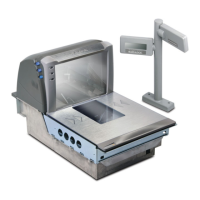
